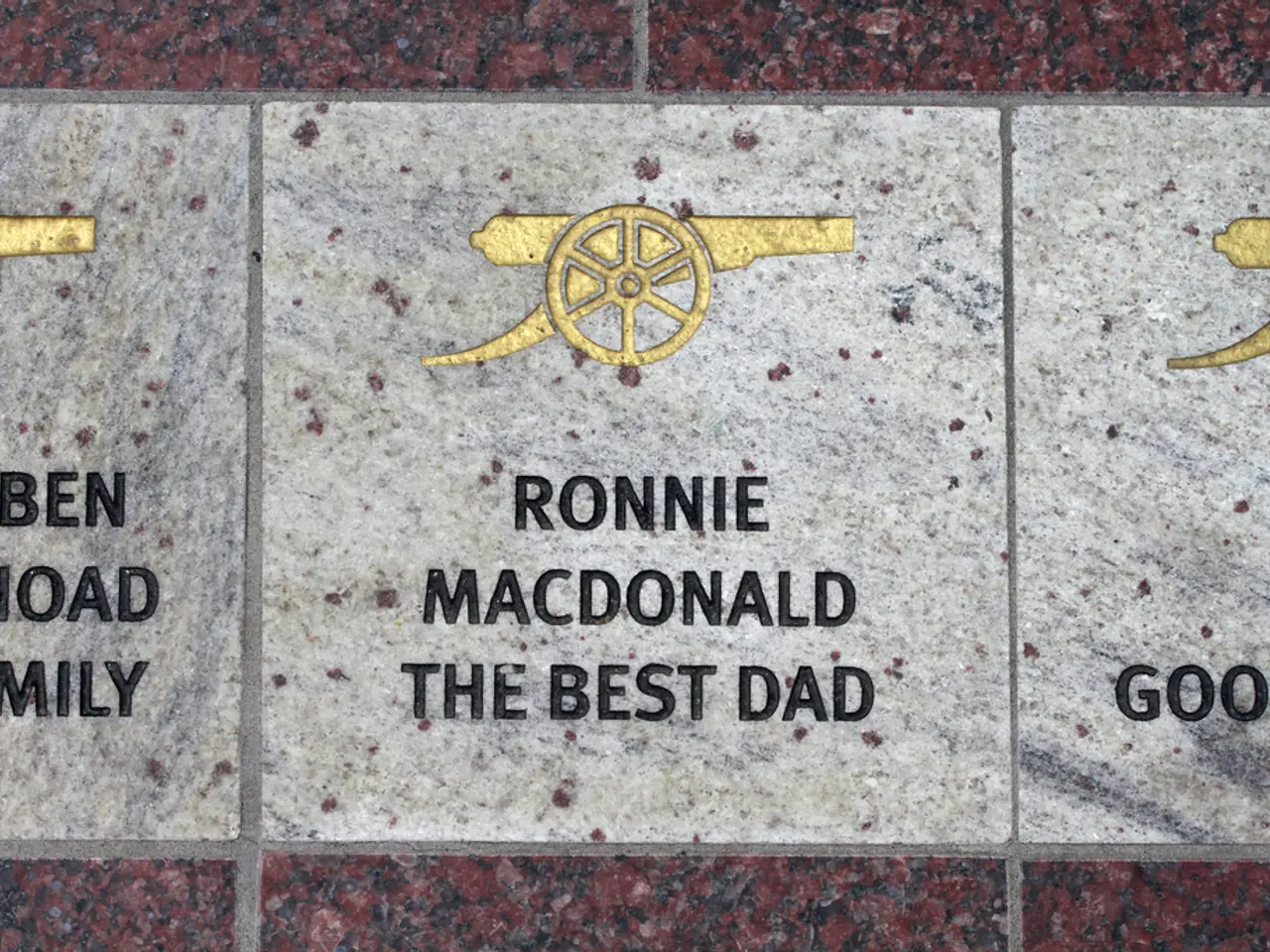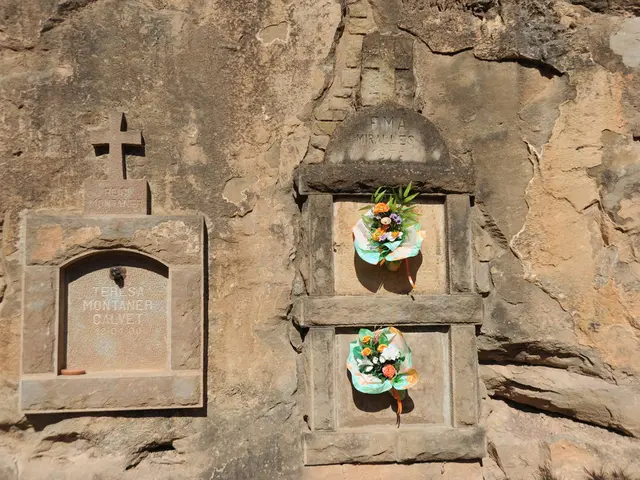Italian Hero of World War I: Francesco Baracca
In the picturesque city of Trento, nestled in the heart of Italy, the Gianni Caproni Air Force Museum offers a captivating glimpse into the golden age of Italian aviation. One of the most celebrated figures of this era was Francesco Baracca, a remarkable fighter pilot who made history during World War I.
Born on May 9, 1888, in Lugo di Romagna, Baracca quickly distinguished himself as one of the most skilled aviators among his peers in the early 1910s. After enrolling in the Military School of Modena, he ventured to France to follow an aviation course. His journey led him to the skies, where he would become a prominent figure in military aviation history.
Baracca's career took off when he joined the 91st Squadron in the spring of 1917. It was during this time that he began using the iconic "Prancing Horse" emblem painted on his aircraft's fuselage, a symbol that would later become synonymous with speed, power, and Italian heritage. This emblem, a red prancing horse, marked Baracca's prowess and bravery, and it was this symbol that would inspire Enzo Ferrari's famous Ferrari logo.
Baracca's flying achievements were numerous and newsworthy, filling the pages of newspapers at the time. He claimed his first victory on April 7, 1916, by hitting a two-man staff of a fighter aircraft. His success continued, and by the end of the war, he had accrued 36 confirmed aerial victories, making him Italy's top flying ace of the war.
However, Baracca's life was tragically cut short during the Second Battle of the Piave River on June 19, 1918, when he was shot to death on the Montello Hill. His death was a significant loss not only to his fellow soldiers but also to the Italian nation, which had come to rely on his skill in the skies.
In the aftermath of Baracca's death, numerous streets and roads in Italy were named after him, and a mausoleum was built on Montello Hill, on the honor of his first death anniversary. His legacy continues to live on, with his personal symbol, a rearing horse of color black, later re-utilized by an Italian car company, Ferrari.
Baracca's emblem, a red prancing horse on his plane's fuselage, later inspired Enzo Ferrari's famous Ferrari logo. After Baracca was killed during the war, his mother gave Enzo Ferrari a necklace featuring the prancing horse symbol, encouraging Ferrari to use it as a good luck charm. Enzo then adopted a black prancing horse on a yellow background with the Italian tricolor above it for his racing cars, honoring Baracca's legacy.
In summary, Francesco Baracca was a pioneering WWI Italian ace pilot whose personal insignia inspired the Ferrari brand's iconic prancing horse emblem. His flying achievements made him a national hero in Italy, and his legacy continues to be celebrated today as a symbol of bravery, skill, and Italian heritage.
- The golden age of aviation in Italy was marked by the contributions of figures like Francesco Baracca, a notable aviation pioneer, whose impact on aviation history is reflected in contemporary industries such as space-and-astronomy, aerospace, and technology.
- The early 1910s saw the soaring success of Francesco Baracca, an Italian aviator and military pilot, whose achievements in aviation pushed the boundaries of science, finance, and the burgeoning aviation industry.
- The Baracca family's legacy lives on, influencing the nation's automotive industry as the prancing horse symbol that Francesco Baracca used on his aircraft became synonymous with the famous Ferrari brand, a testament to the enduring impact of aviation pioneers in shaping various industries.
- Francesco Baracca's life and accomplishments in the realm of aviation history highlights the interconnectedness of the fields of science, industry, and finance, and how these concepts have catalyzed the advent of space exploration and propelled technological advancements throughout history.








